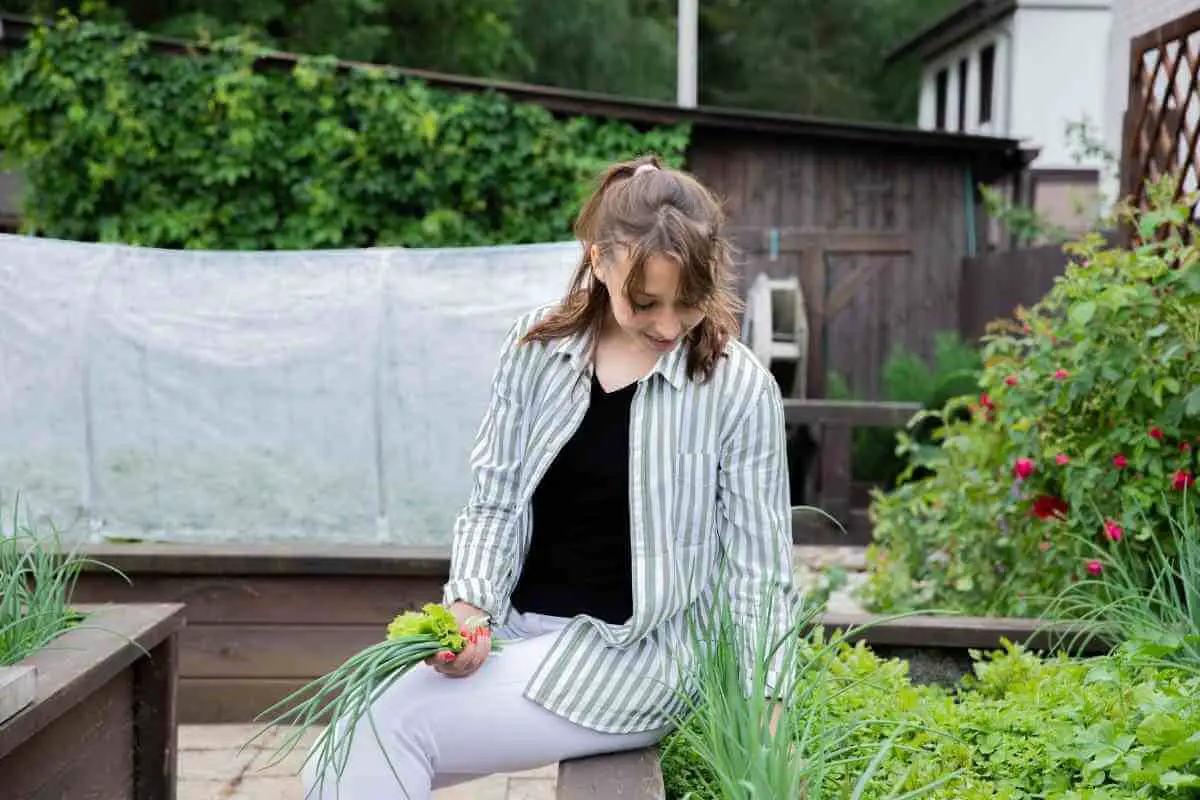Garden beds are becoming more, and more popular.
They have many benefits over regular gardening, but they take a little bit of planning and preparing before you can get started.
Before you fill it, what should you put on the bottom of a raised garden bed?
There are plenty of options for lining your raised garden bed. Choosing a material is going to depend on what you’re keeping out of your garden; weeds or pests. Something is better than nothing when putting a lining down on the bottom of a raised garden bed.
Why Should You Use a Raised Garden Bed
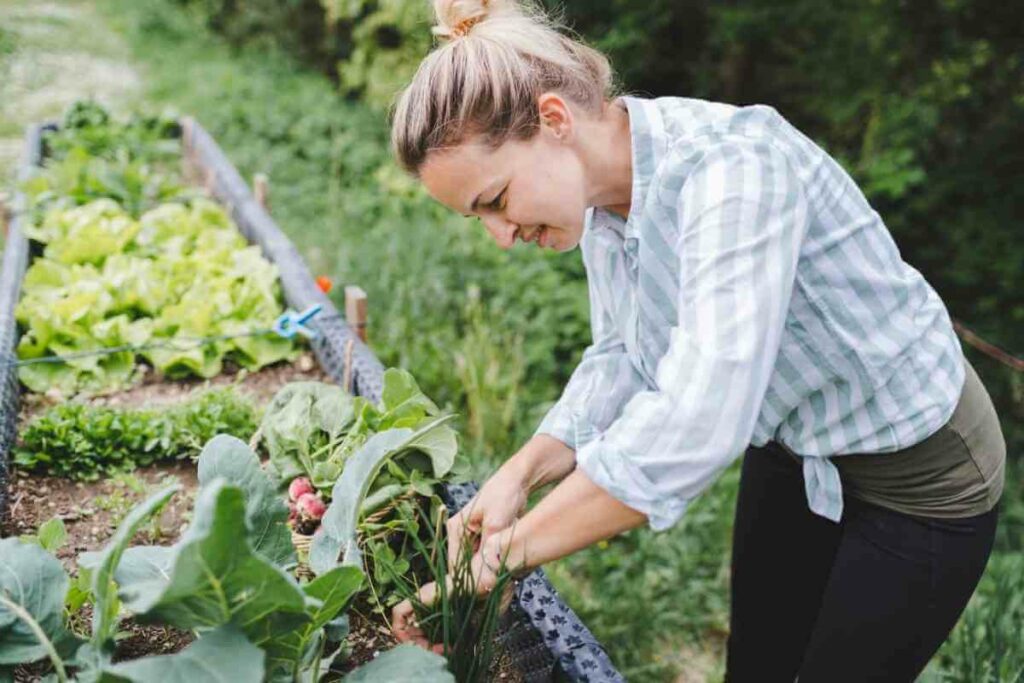
Do you need some convincing on why you should use a raised garden bed before investing in the time to set one up?
Better Harvests
That’s right. You can have better harvests, or more flower blooms by using a raised garden bed.
Since the soil isn’t being walked over, it is less likely to compact.
Soil that isn’t compacted has more space to hold air and water for the plants.
Always Provide: When plants have enough air and water, they grow stronger and healthier.
Improved Accessibility
Raised garden beds offer access for people with all different physical abilities.
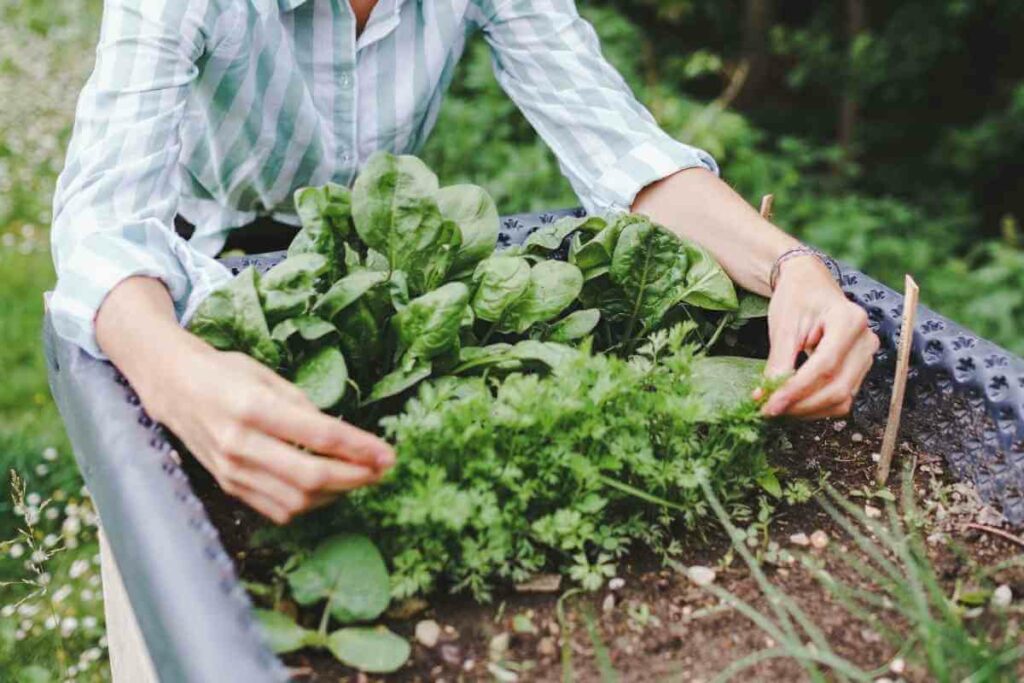
It eliminates the need to bend over or sit on the ground, which makes it a great option for:
- people in wheelchairs
- people who may have a bad back, or bad knees
- people who don’t feel like kneeling in the dirt
Less Weeding
When you plant in a raised garden bed, especially when you line it, the number of weeds that grow up through the raised bed is minimal.
A majority of the weeds in a raised garden bed are ones that grew from seeds that were deposited on top of the soil by the wind.
Since the garden bed is raised, the height will keep many of the airborne seeds from being carried up and onto the soil.
Benefits of Lining Raised Garden Beds
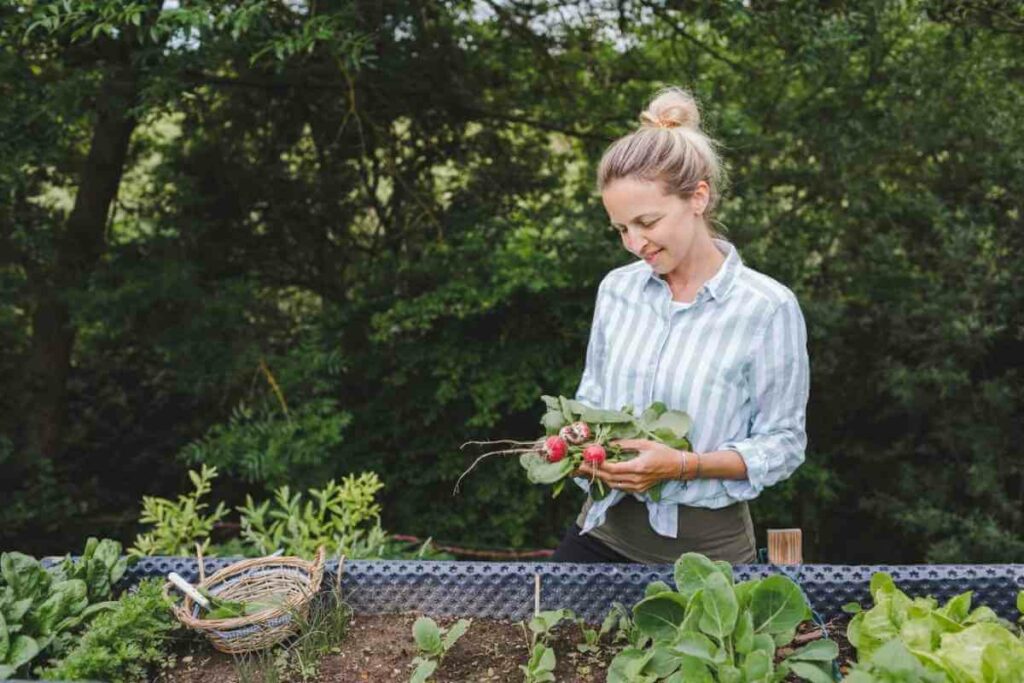
There are more benefits to lining a raised garden bed than just preventing weeds from growing up from the ground below, although that is a pretty good reason.
Prevents Pests
Lining your raised garden bed stops gophers, moles, and voles from burrowing into your plants.
The lining acts as a barrier, and these burrowing pests can’t make their way up into the bed.
Prevents Toxins
This is especially important for gardens in construction zones and areas near garbage disposal sites.
By lining your raised garden bed in an impenetrable material, any of the toxins or chemicals in the soil won’t be able to enter your raised garden bed.
What to Line Them With
Now that the importance of lining a raised garden bed has been established, what are you supposed to line them with?
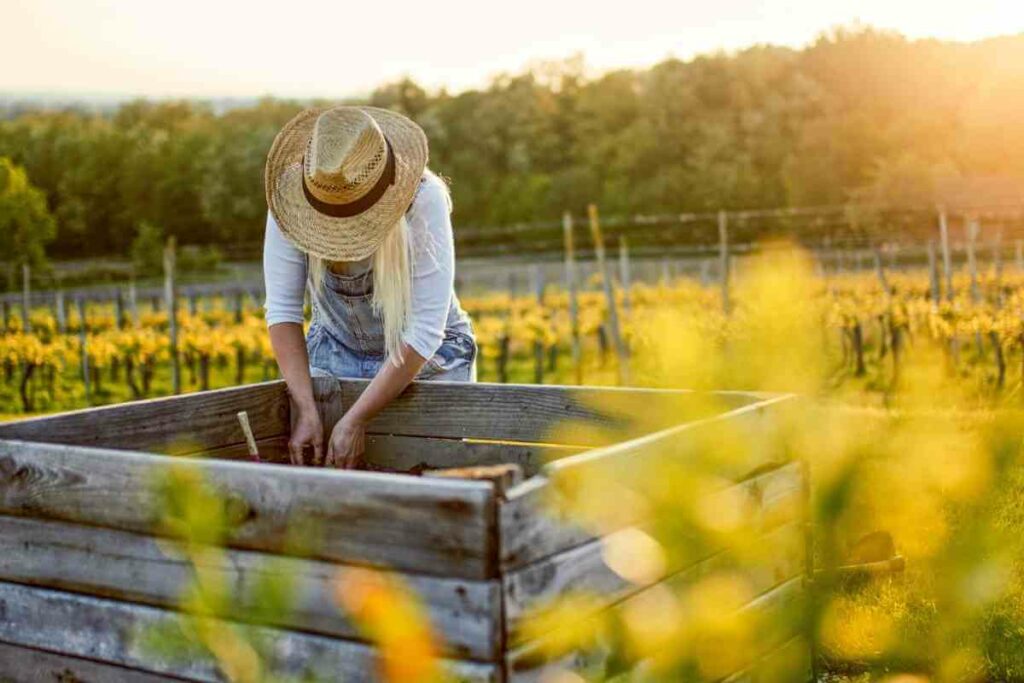
No one material can be classified as the best.
What’s best for your raised garden bed is going to depend on what you are growing and what you are trying to keep out of your garden.
Wide-mesh Hardware Cloth
Wide-mesh hardware coth is as much a cloth as chainmail is.
It more resembles a much tighter woven chicken wire, where the spaces can vary from ¼ inch to 1 inch.
This mesh is wide enough for earthworms and roots to pass through but keeps burrowing animals out.
Be Aware: Wide-mesh hardware cloth can be pretty pricey, though. And it doesn’t do a very good job keeping weeds out of a raised garden bed.
Stainless Steel Rat Mesh
Similar to hardware cloth, this material is made of an even finer woven steel.
A material that was selected specifically to prevent rats and gophers from being able to chew through it.
Landscape Fabric
Landscape fabric is used in all types of gardens to prevent weeds from growing.
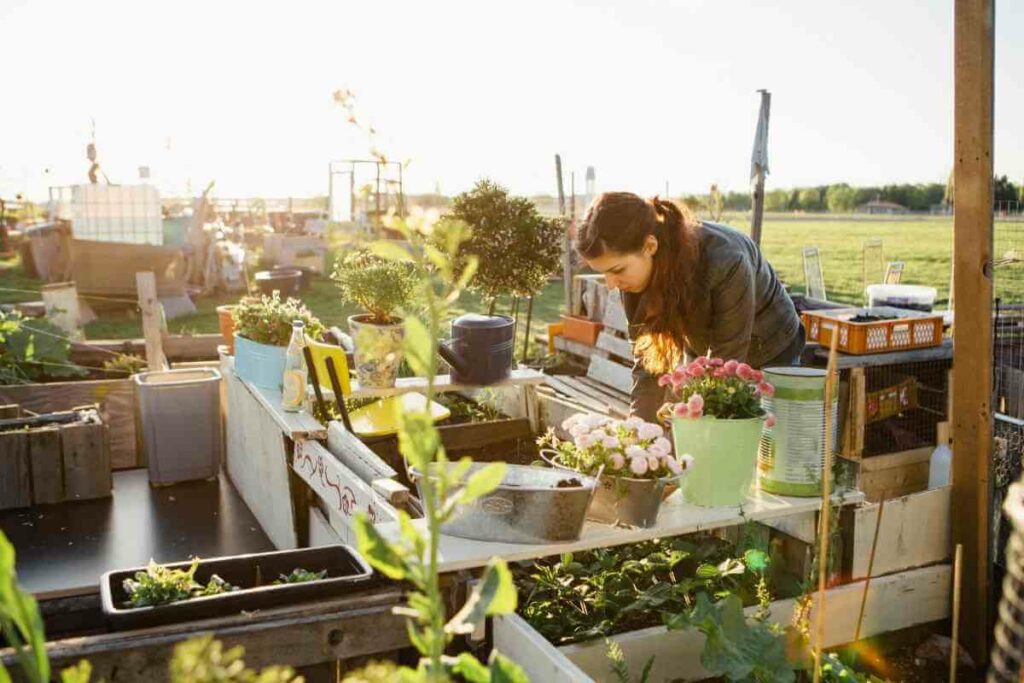
It is made of tightly woven recycled materials that allow very few weeds to pass through.
Eventually, the weeds stop growing underneath the surface and start decaying under the soil.
Plastic
Plastic won’t break down, it is a very easily accessible material, it will keep weeds out, but it isn’t very good for water drainage or for keeping pests out.
If you’re worried about water drainage, you can cut or drill holes into the plastic before putting it in the bottom of your raised garden bed.
Unfortunately: Burrowing pests will chew through plastic, and there aren’t any steps you can take to prevent them from chewing through this material.
Newspaper or Cardboard
This is the “something is better than nothing” material to line your raised garden bed with.

Newspaper and cardboard are easy to find, and you can source them for free.
It is easy to put down several layers in your raised garden, and they do help keep out some weeds.
However, with a little bit of moisture, they will begin to break down over time.
This does create a nice layer of hummus for your soil and adds organic material into the soil as it decomposes.
Replacing the newspaper or cardboard every year will be much more time-consuming than any other material.
Final Thoughts
From free newspaper and cardboard to expensive hardware cloth, there is something available for everyone to line their raised garden beds with.
If your main goal is to keep rats, gophers, and moles from digging in your garden, go with a metal liner.
And if you want to weed your garden less, choose a material that has a much finer mesh to prevent weeds from growing up into your raised garden.
